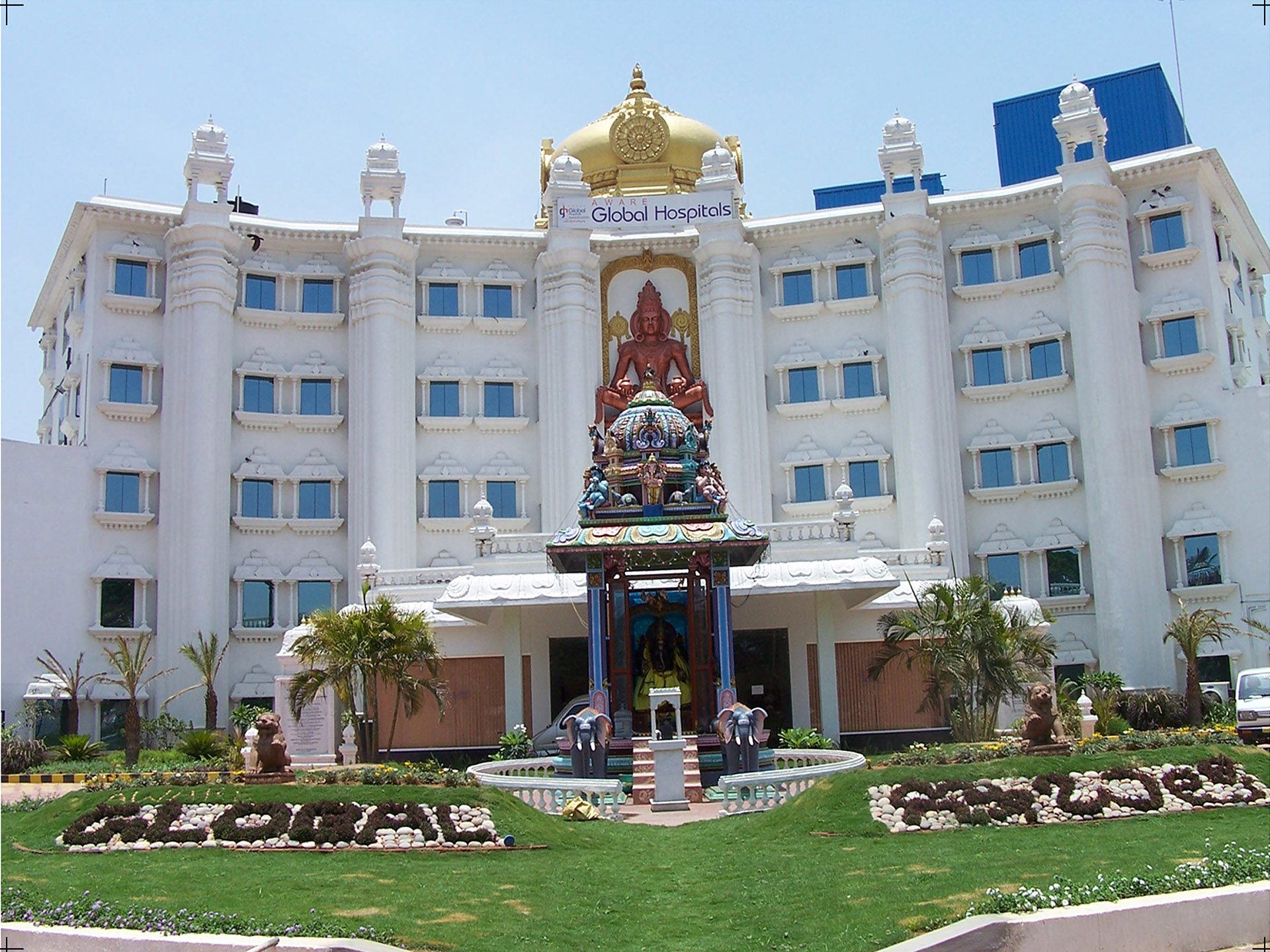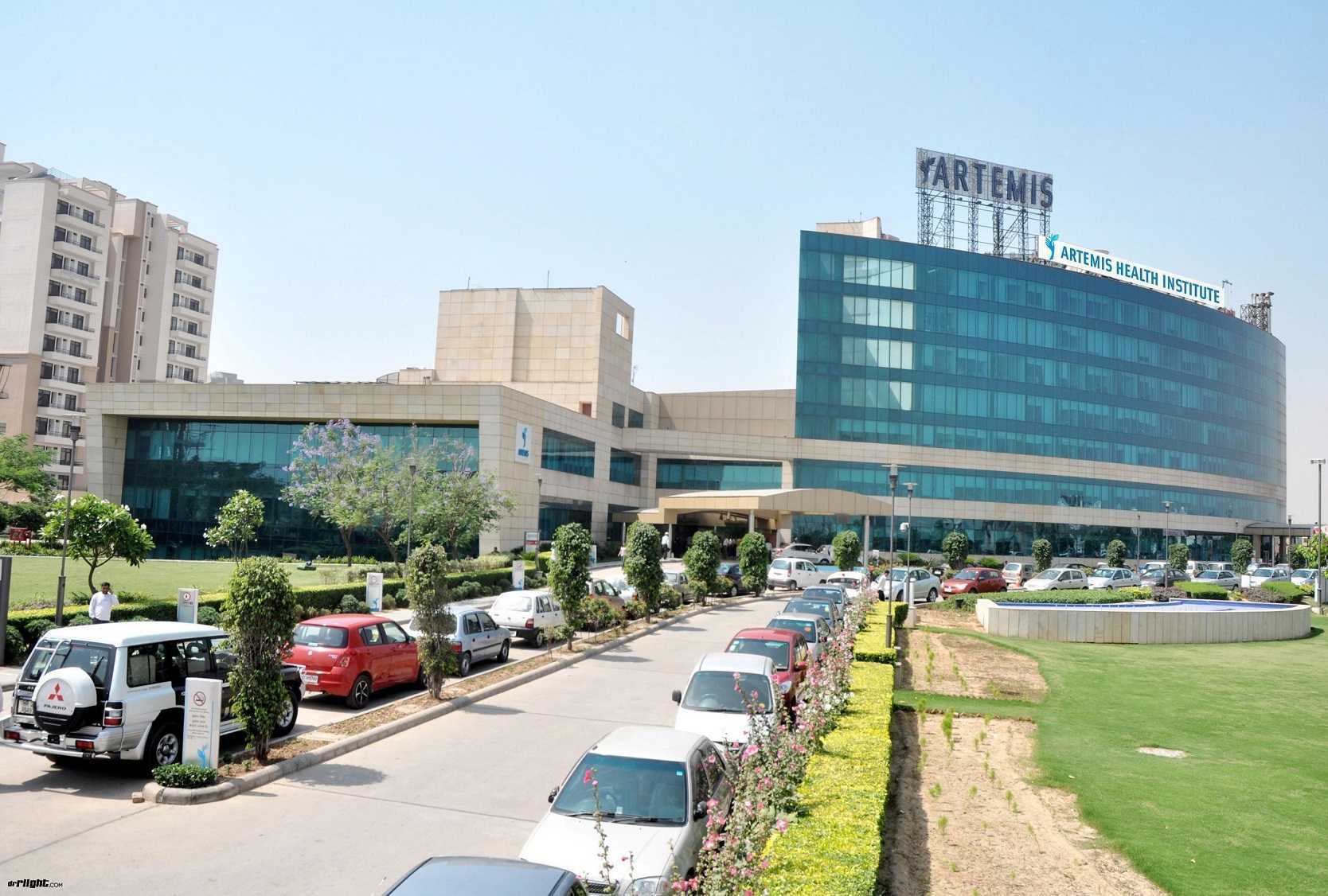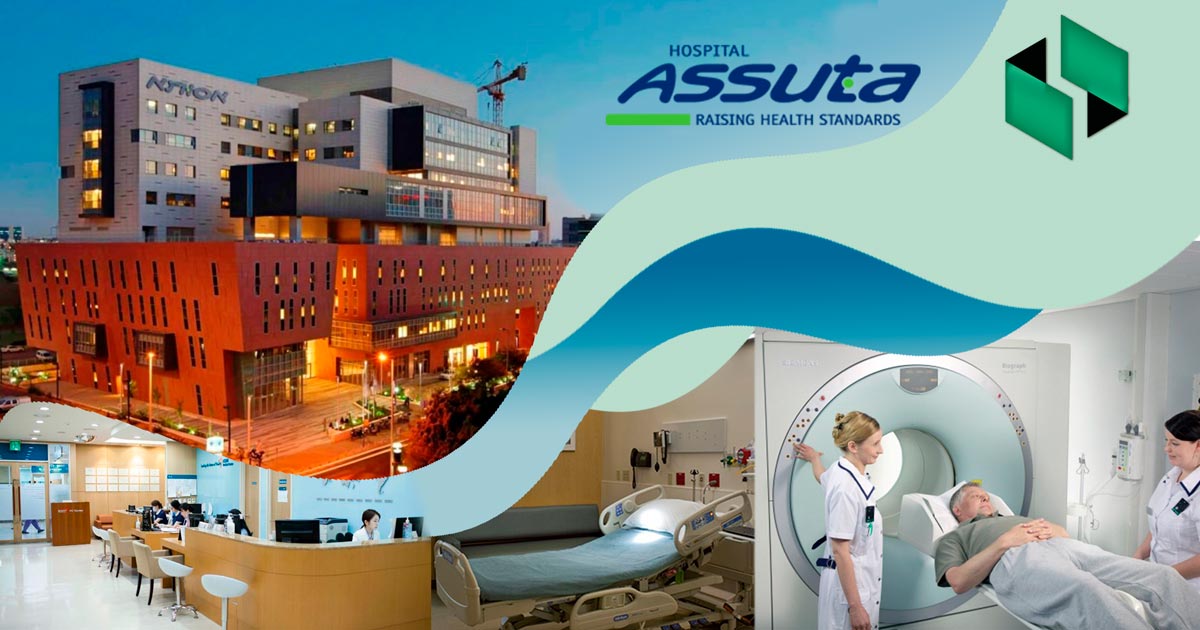Breast Augmentation and Plastic Surgery: Implants Types and Care
Breast augmentation – surgical intervention when implant or transplanted fat mass is inserted into the breast. Operation is performed to increase the breast size and correct its shape: asymmetry elimination, stretch marks on the skin, breast lift, and so on.
Augmentation mammoplasty – as procedure is called in medical circles – is carried out not only with the help of artificial implants, but by transplanting the natural fat.
When is mammoplasty required?
- Improving the breast aesthetic appearance – because of natural data, one breast can differ significantly in size. With excessive asymmetry, there’s a need for its surgical correction – specialists use artificial material or turn to breast fat transfer augmentation.
- Breast size correction, when its changing was sharply provoked by something: pregnancy, etc.
- Defects correction, when they appeared after surgery performed: tumor removal, etc.
- Personal desires and aspirations to improve their appearance.
Nevertheless, it’s worth knowing that too sagging breasts can’t be corrected with surgery. In such cases, surgeons can tighten it to some extent.
Risks associated with breast enlargement
After breast augmentation or correction, the following risks may occur:
- scarring implant shape modification;
- strong chest pain;
- infection development due to foreign body rejection;
- breasts and nipples lose sensitivity;
- implant leakage, rupture or repositioning.
Correction of the above defects require surgery.
Among others, this surgical intervention can trigger anaplastic large cell lymphoma development – a dangerous and rare type of cancer affecting the immune system.
How to prepare for surgery
Before operation, surgeons discuss breast sizes, appearance and tactile characteristics with the patient. Moreover, the implant type and surgical technique for its implementation are selected. Before resorting to procedure, you should pay attention to the following:
- inserting an implant won’t help correct sagging breasts – separate lift operation is required to correct it;
- implanted material won’t last a lifetime – the implants’ service life is limited to about 10 years;
- possible implant rupture and deformation. Additionally, the natural aging processes will lead to breast appearance changes, requiring a new operation;
- artificial breast presence can become a barrier to breastfeeding;
- if the patient subsequently decides to remove implants, a breast lift or other corrective procedures may be necessary;
- every 5 years after surgery, it’s necessary to do an MRI for timely detection of a possible rupture.
Before augmentation breast operation directly, surgeons prescribe a basic mammographic diagnosis. Basically, main preparation is as follows:
- limiting certain meds provoking bleeding during surgery (aspirin, etc.);
- smoking cessation for approximately 4-6 weeks before procedure;
- patients are encouraged to ask a family member to be with them the first night after surgery.
What should be expected?
Breast augmentation operations are performed in special centers or private clinics on an outpatient basis. In the latter case, patients go home immediately after the operation. Mostly, hospitalization isn’t required – only in complications.
Basically, general anesthesia is used – the person is sleeping. Sometimes the surgeon will use a local anesthetic to numb the chest area.
Possible complications
Breast augmentation and correction are associated with the following complications:
- chest ache;
- decreased sensitivity of the breast and nipples;
- scarring;
- bleeding;
- tissue infection;
- development of a rare cancer of the immune system.
In addition, the implant itself can rupture and leak – the liquid inside it enters the body. The risk of rupture depends on the type of implant.
Breast implants types
There are two main and commonly used implants types:
- saline, containing a physiological solution. Rupture of such an implant isn’t dangerous;
- silicone – they contain silicone mass. It’s more similar to real breasts, nevertheless, its rupture is quite dangerous.
Operation technique
- First, anesthesia is performed – a general or local method is chosen at the discretion of the surgeon.
- Next, an incision is made along the areolar line, inframammary fold, or in the armpit.
- Implant insertion.
- Suturing incisions.
- Results evaluation – visually, breasts augmentation results can be assessed immediately.
Recovery after breast augmentation
After the operation, the breasts are covered with special gauze. Additionally, the surgeon installs drainage tubes to drain excess fluid – they are removed after 4-5 days. The doctor may prescribe wearing a surgical bra until it heals completely. Slight swelling could be seen in the area of operation – over time it’ll return to its original size.
The first few days after breast augmentation, the patient should spend in complete peace: do not lift weights – this is prohibited for the next 6 weeks, do not overexert the body, etc. If pain occurs, the doctor may recommend appropriate medications.










